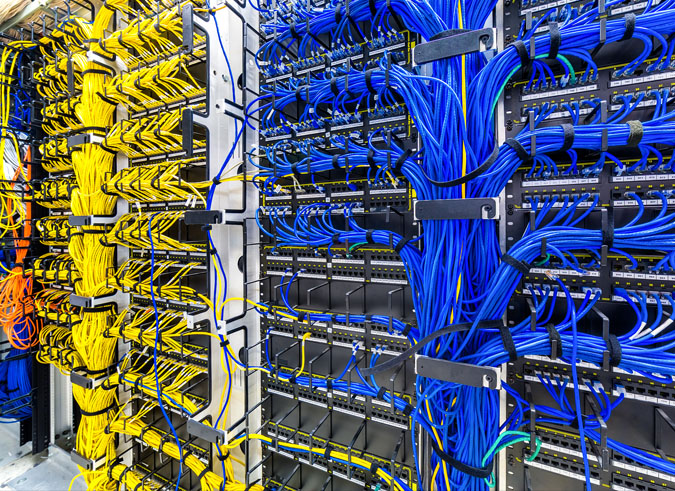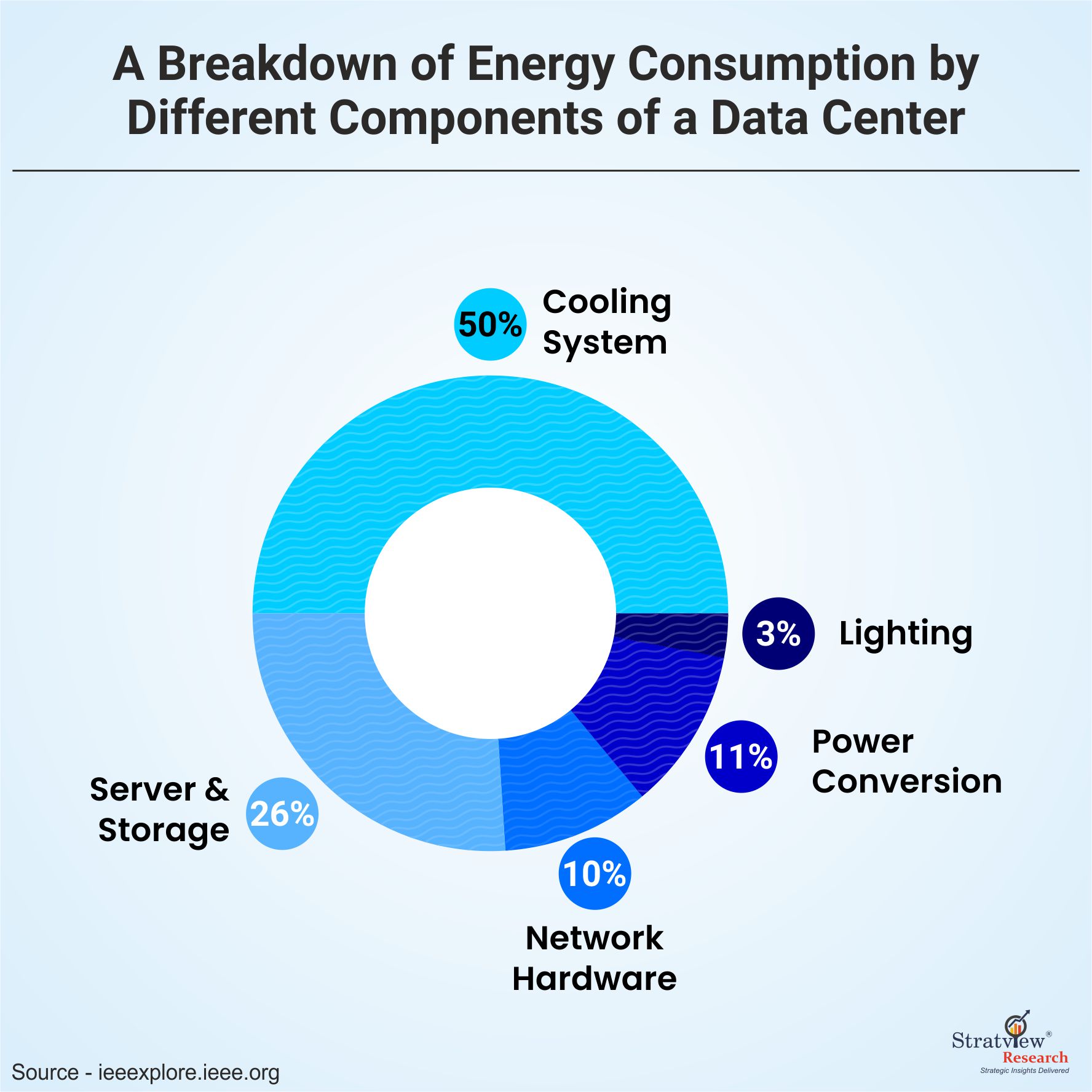
$180M and a Big Bet on AI Bottlenecks: Can Retym Redefine the Future of Data Center Interconnects?
$180M and a Big Bet on AI Bottlenecks: Can Retym Redefine the Future of Data Center Interconnects?
The Hidden Bottleneck in AI Infrastructure No One Talks About
Every conversation around AI today tends to orbit the usual suspects: GPU shortages, model scaling, or talent wars. But beneath those headlines, a quieter crisis is forming in the plumbing of AI infrastructure—the networks that shuttle massive volumes of data across chips, racks, and data centers. These interconnects, increasingly strained by AI workloads, are becoming the new bottleneck.

Enter Retym—a semiconductor startup that just launched out of stealth with $180 million in funding and a bold mission: to transform how AI data centers communicate. Backed by Spark Capital, Kleiner Perkins, Mayfield, and Fidelity, Retym is betting that its programmable coherent DSP (digital signal processing) chips will solve the bandwidth and efficiency constraints throttling AI growth.
But in a market dominated by deep-pocketed incumbents like Marvell and Huawei, can a startup really make a dent?
Why the AI Infrastructure Market is Ripe for Disruption
Skyrocketing Demand Meets Legacy Limitations
According to Dell’Oro Group, annual global spending on data center compute and networking is projected to exceed $1 trillion within the next decade. The culprit? AI workloads that demand ultra-high bandwidth and ultra-low latency. The explosion of generative AI and large-scale machine learning models is pushing data centers to their architectural limits—not in terms of computation, but in how fast data can move between nodes.
Summary of Projected Growth in Global Data Center Spending Driven by AI
| Metric | Time Period | Projected Value/Growth | Key Driver/Note | Source(s) |
|---|---|---|---|---|
| Global Data Center Capex | By 2029 | Surpass $1 Trillion | AI infrastructure, hyperscalers, government initiatives. | Dell'Oro Group |
| Global Data Center Capex CAGR | Through 2029 | 21% CAGR | AI infrastructure spending. | Dell'Oro Group |
| Accelerated Servers for AI | By 2029 | Nearly half of infrastructure spending | Focus on GPUs, custom accelerators for AI workloads. | Dell'Oro Group |
| Global Data Center Networking Market | 2024 | $37.6 Billion | IoT, big data, 5G, scalable networks. | IMARC Group |
| Global Data Center Networking Market (2029) | By 2029 | $64.2 Billion | Growing at 11.3% CAGR; SDN, NFV, edge computing. | IMARC Group |
| Global AI Data Center Market | 2024 vs 2032 | $15.13 Billion to $94.03 Billion | Growing at 25.7% CAGR; driven by AI, cloud, big data. | Fortune Business Insights |
| Ethernet Network Adapter CAGR for AI | Through 2029 | 40% CAGR | Supporting AI compute cluster growth. | Dell'Oro Group |
| Global Data Center Power Demand CAGR | 2023 - 2028 | Approx. 16% CAGR (~130 GW by 2028) | Traditional workloads, GenAI, high-performance computing. | BCG |
| AI Data Center Energy Consumption CAGR | Through 2027 | 44.7% CAGR (~146.2 TWh by 2027) | Surging AI workload demand. | IDC |
| Accelerated Computing Spending | By 2028 | Exceed $200 Billion | Hyperscalers lead investments; accelerated servers >20% of deployments. | Dell'Oro Group |
The challenge is particularly acute for long-reach interconnects (10–120 km)—the backbone that links hyperscale data centers and cloud regions. Current solutions struggle to maintain performance and power efficiency over these distances.
That’s where coherent optics, powered by advanced DSPs, come in.
Coherent DSP: A Critical but Overlooked Piece of the Puzzle
Digital signal processors for coherent optics are essential for encoding, transmitting, and decoding high-speed data across fiber links. As AI models grow larger and distributed training becomes the norm, maintaining signal integrity across greater distances becomes more complex—and more essential.
Coherent optics is an advanced optical communication method using properties like light's phase and polarization, not just intensity, to boost data capacity. Essential Digital Signal Processors (DSPs) handle the complex task of encoding, decoding, and correcting these signals, enabling high-speed, long-distance transmission over fiber optics.
Retym is focused specifically on this pain point.
Retym’s Edge: Programmable DSPs Designed for AI-Scale Networks
With its official launch, Retym isn’t just revealing its technology—it’s unveiling a calculated strategy to compete in one of the most technically demanding corners of the semiconductor industry.
Here’s what sets it apart:
1. Programmability Over Fixed Functions
Unlike traditional fixed-function DSPs, Retym’s chips are programmable—meaning they can be tailored in software to meet specific workload requirements, network conditions, or evolving AI architectures. This could provide operational flexibility that legacy solutions can’t easily match.
2. Power Efficiency at Scale
Energy consumption is one of the biggest cost drivers in hyperscale data centers. Retym’s chips are engineered to deliver high throughput while minimizing power draw, a critical advantage as cloud providers seek greener AI infrastructure.

3. Built by Deep Domain Experts
Co-founded by Sachin Gandhi, Retym brings together leading experts in analog, DSP, VLSI, and optical systems. With board members like Syed Ali (a seasoned semiconductor entrepreneur) and support from elite VC firms, the team has both technical and strategic depth.
4. Advanced Manufacturing
Retym leverages TSMC’s 5-nanometer process node, enabling cutting-edge performance and miniaturization. This is vital for meeting the stringent latency and bandwidth needs of next-gen AI clusters.
What the Investors Are Betting On
Retym’s $180 million raise—capped by a $75 million Series D led by Spark Capital—is more than just financial fuel. It’s a signal of conviction from some of the most respected names in venture capital.

- Spark Capital’s James Kuklinski, now a board member, believes Retym is "uniquely positioned to address the demands of scaling AI workloads," emphasizing the importance of performance and scale.
- Navin Chaddha at Mayfield calls the team “exceptional innovators” and sees Retym’s work as “category-defining,” particularly in AI-driven interconnects.
- Kleiner Perkins’ Mamoon Hamid points to current infrastructure limitations as a major bottleneck for AI innovation, which Retym is directly addressing.
The funding will support scaling to production, expanding partnerships, and continuing the company’s multi-generation product roadmap—a signal that Retym isn’t thinking short-term.
The Market Landscape: Opportunity Meets Fierce Competition
While Retym’s value proposition is compelling, the road ahead is anything but easy.
Dominated by Giants
Companies like Marvell, Infinera, and Huawei have deep customer relationships, end-to-end product suites, and a significant head start. Marvell, in particular, has dominated the coherent DSP space through both organic growth and acquisitions (e.g., Inphi).
Integration Barriers
Coherent DSPs are complex to integrate into optical systems and transceivers. Winning early design slots with OEMs and hyperscalers will be critical for traction.
Validation is Key
So far, Retym’s chips are in testing and pre-production. Market adoption will hinge on how well their performance matches—or exceeds—established benchmarks in real-world deployments. Without early customer wins, even the most elegant chip design can struggle to gain ground.
Risks, Challenges, and Strategic Inflection Points
1. Technological Proof Early benchmarks and third-party validation will make or break investor and customer confidence. Claims around programmability and power savings need to translate into quantifiable gains.
2. Ecosystem Fit Semiconductor innovation doesn't succeed in a vacuum. Retym must secure OEM partnerships, align with transceiver vendors, and ensure compatibility with broader optical networking stacks.
In the semiconductor industry, a 'design win' occurs when a component supplier (like a chip maker) convinces an Original Equipment Manufacturer (OEM) to select their specific part for use in the OEM's product design. Securing these design wins is crucial as they often translate into significant future sales volume when the OEM's product goes into mass production.
3. Go-To-Market Execution Sales cycles in this space are long, and switching costs for data center operators are high. Retym must navigate complex sales processes and prove integration value from Day One.
A High-Risk, High-Reward Bet on the Future of AI Infrastructure
Retym isn’t the first startup to challenge entrenched players in a technical niche—but few pick battles with stakes this high. The company’s approach to programmable, power-efficient coherent DSPs speaks directly to the growing pains of AI infrastructure.
If it can prove out its tech, build strategic partnerships, and earn early wins with hyperscalers or major OEMs, it could carve out a meaningful position in a trillion-dollar market. If not, it may face the fate of many semiconductor challengers: great technology that never quite broke through.
The opportunity is real. The challenges are significant. And the next 12–18 months will be critical in determining whether Retym becomes a breakout success—or a cautionary tale in deep-tech ambition.